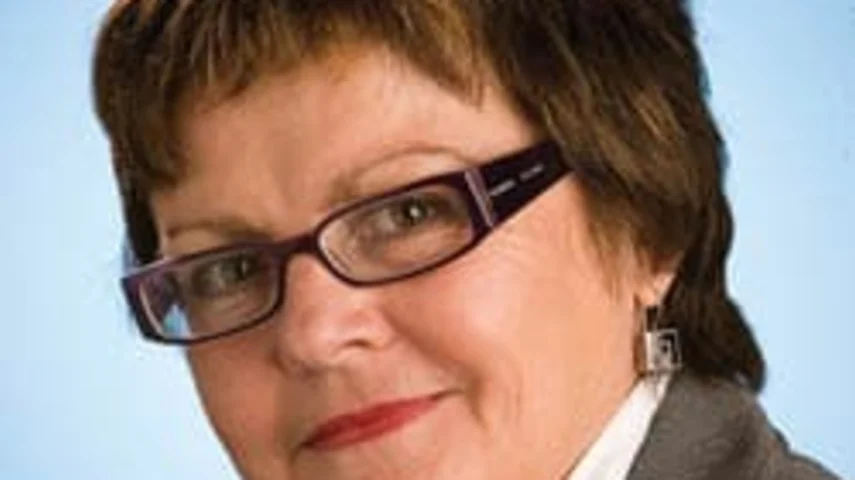Women on boards nab 100 in the Top 100



Women broke the “100 in the 100” barrier in 2012 with 105 women now sitting on the boards of Australia’s Top 100 companies - but progress is still too slow, according to the Australian Council of Superannuation Investors (ACSI).
Over 100 women occupy 144 roles on the boards of Australia’s Top 100 companies, representing 14 per cent of overall positions. However they still only account for under 10 per cent of individuals serving as directors of ASX 101-200 companies and were entirely absent from the boards of over half of those companies.
Interestingly, ACSI’s 2012 Board Composition study found many of the “usual suspects” among appointees had fallen off boardroom wanted lists, with appointments drawing on a more diverse pool of candidates.
In all 108 new director appointments occurred in 2012. An overwhelming majority of these - 73 board seats - were filled by 70 directors not on the current Top 100 directors list.
From 55 new entrants, 25 per cent were current executives and half of those (seven of 14) were women, ACSI found.
Chairmen took a pay-cut in 2012, according to ACSI, with the average fees paid dropping by 3.5 per cent - a result of pay reviews as people moved on or were retired and companies restructured pay.
ACSI chief executive Ann Byrne said that although the tide was slowly shifting and boards were drawing from a wider and more diverse pool of talent, there was still work to be done.
Recommended for you
The “experiment” away from vertical integration has been a mistake, according to Clime’s Michael Baragwanath, and Clime is positioning to benefit via advice and fund manager acquisitions.
JP Morgan Asset Management has identified Australia as an “emerging growth market” as it seeks to double its assets under management in the Asia-Pacific region in the next five years.
Australian Ethical funds under management were $14.3 billion at the end of September, with its investment division seeing inflows return after outflows in the previous quarter.
Record flows into iShares ETFs helped BlackRock’s assets under management reach US$13.5 trillion in the third quarter, but it reported outflows from the APAC region.










